Hiring a part-time maid in Singapore can be an effective way to manage your home while balancing work and family responsibilities. But how do you know if your home is being cleaned properly?
Many homeowners assume everything’s in order once the maid leaves. But sometimes, the clean look is only surface deep. Over time, this can lead to hidden dirt buildup, pest infestations, or even damage to household items.
So how do you tell if your part-time maid isn’t doing a thorough job? Here are the top warning signs to watch out for, and what to do about them.
- 1. You Still Notice Dust and Dirt After Cleaning
- 2. Your Floor Still Feels Sticky or Gritty
- 3. Bathroom Stains and Mould Keep Coming Back
- 4. Rubbish Bins Are Not Emptied or Wiped
- 5. Items Are Moved and Not Returned
- 6. Surfaces Look Shiny But Feel Greasy
- 7. Shortened Work Hours Without Notice
- 8. No Improvement After Feedback
- 9. You’re Always Double-Checking Their Work
1. You Still Notice Dust and Dirt After Cleaning
If you run your fingers along the top of shelves or skirting boards and they’re still dusty, that’s a clear sign something’s off. A thorough cleaning should address these often-overlooked areas.
It’s common for less experienced cleaners to focus only on eye-level surfaces or visible mess. However, a truly clean home includes not only the visible areas, but also the corners, under furniture, behind doors, and on top of cabinets.
Important areas to check after each clean:
- Ceiling fans
- Window ledges
- TV consoles and power sockets
- Behind and under the sofa
2. Your Floor Still Feels Sticky or Gritty
In Singapore’s humid climate, grime builds up quickly, especially on tiled and laminate floors. A thorough mopping should leave your floors feeling clean, not sticky or oily.
A maid who rushes through the mopping or doesn’t change the water often enough may just be spreading dirt around instead of removing it.
What to look for:
- Sticky patches near the kitchen or entrance
- Footprints are visible right after drying
- A lingering musty or chemical smell
3. Bathroom Stains and Mould Keep Coming Back
The bathroom is one of the most used and most challenging areas to clean. In a tropical country like Singapore, moisture leads to the rapid accumulation of mould, grime, and soap scum.
If you constantly see the same stains in your toilet bowl, mildew on your shower walls, or water marks on the sink, your cleaner may not be scrubbing thoroughly or using the right products.
Key signs:
- Mould reappears within days
- Toilet smells persist even after cleaning
- Shower drains remain clogged with hair
4. Rubbish Bins Are Not Emptied or Wiped
It might seem small, but it matters. A part-time maid who forgets to empty rubbish bins — or leaves sticky residue behind — is missing a basic task.
Insects, ants, and odours start from the bin area. In an HDB or condo unit, where airflow may be limited, this becomes more noticeable.
Red flags include:
- Overflowing bins after cleaning
- Unpleasant smell near the bin
- Food remnants stuck at the bottom
5. Items Are Moved and Not Returned
Cleaning isn’t just about removing dirt, it’s also about respecting your space. A good maid puts things back where they were found. A messy or disorganised result often points to rushed or careless work.
If you keep finding misplaced items like remote controls, coasters, or kitchen tools, it might mean:
- They’re not focusing during the clean
- They’re moving too quickly
- They’re not paying attention to details
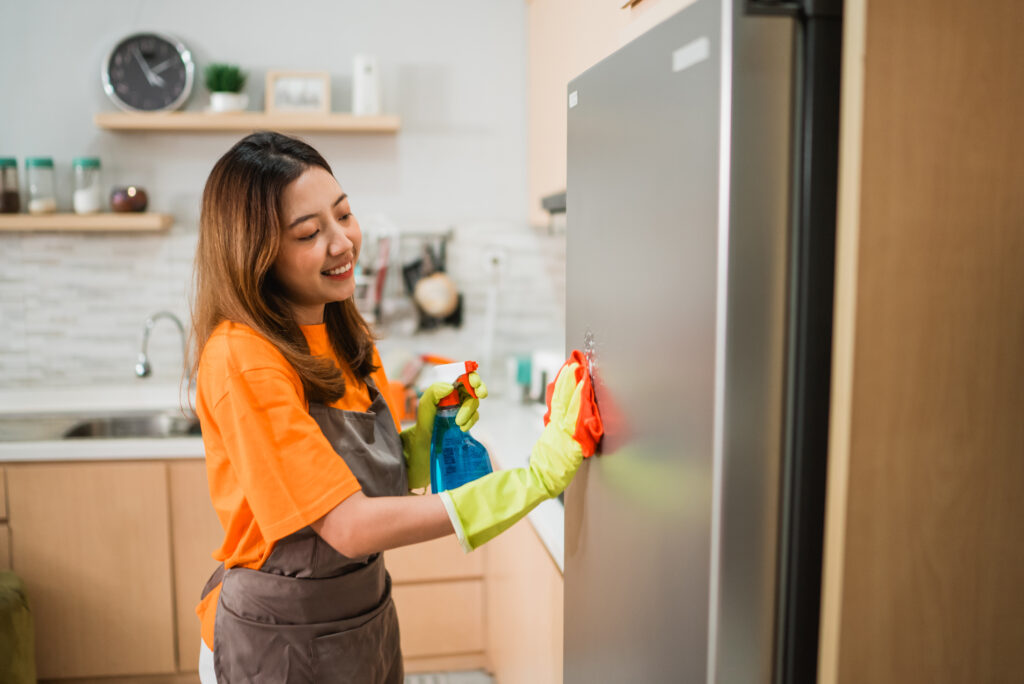
6. Surfaces Look Shiny But Feel Greasy
Sometimes, cleaners apply too much polish or detergent, making surfaces look clean but leaving behind residue. Kitchen counters, mirrors, and tables may look shiny—but when you touch them, they feel greasy or tacky.
In homes where cooking happens daily, this can be especially unhygienic. Greasy buildup attracts pests and dulls your surfaces over time.
Test this by:
- Wiping with a dry tissue after the maid leaves
- Checking for streaks on glass or metal surfaces
- Noticing if your hands feel sticky after touching cleaned areas
7. Shortened Work Hours Without Notice
If your part-time maid consistently leaves early or shortens the cleaning session without informing you, you’re not getting the full service you paid for.
In Singapore, most part-time cleaning arrangements are charged on an hourly basis. Even 15 minutes shaved off each session adds up across the month.
Notice patterns like:
- Cleaner arrives late or leaves early
- Skips tasks but charges full rate
- Rushes through tasks without proper completion
8. No Improvement After Feedback
If you’ve already raised some of these concerns and nothing changes, it’s a red flag.
Professional maids and agencies value feedback. They should be open to adjusting routines or using different products if needed. However, if your cleaner becomes defensive or continues to maintain the same subpar standard, it may be time to explore other options.
9. You’re Always Double-Checking Their Work
If you find yourself cleaning again after the cleaner leaves, that defeats the purpose of hiring help. A good part-time maid should give you peace of mind—not extra work.
This constant checking often happens when:
- Trust is eroded
- Tasks are repeatedly missed
- Your home never quite feels fresh
What You Can Do About It
If you’ve recognised one or more of these signs, don’t panic. You can take a few steps to improve the situation:
1. Have an honest chat – Calmly raise your concerns and explain your expectations. Sometimes they just need clearer direction.
2. Create a checklist – Write down specific areas that need attention in each session. This helps maintain consistency and avoids assumptions.
3. Request trial replacements (if from an agency) – Most local cleaning agencies in Singapore offer a few free replacements during your package.
4. Consider upgrading services – If your home needs deeper cleaning, you might need to go beyond basic part-time help and opt for a more experienced cleaner or deep-cleaning service.
Final Thoughts
Hiring a part-time maid in Singapore can free up your time, but only if the job is done correctly. The signs of a subpar cleaning job are subtle at first but add up over time.
By recognising the red flags early, such as missed areas, grease residue, or unchanged habits, you’ll know when it’s time to speak up or make a change.
Your home is your sanctuary. Ensure that whoever you hire respects it enough to clean it thoroughly.



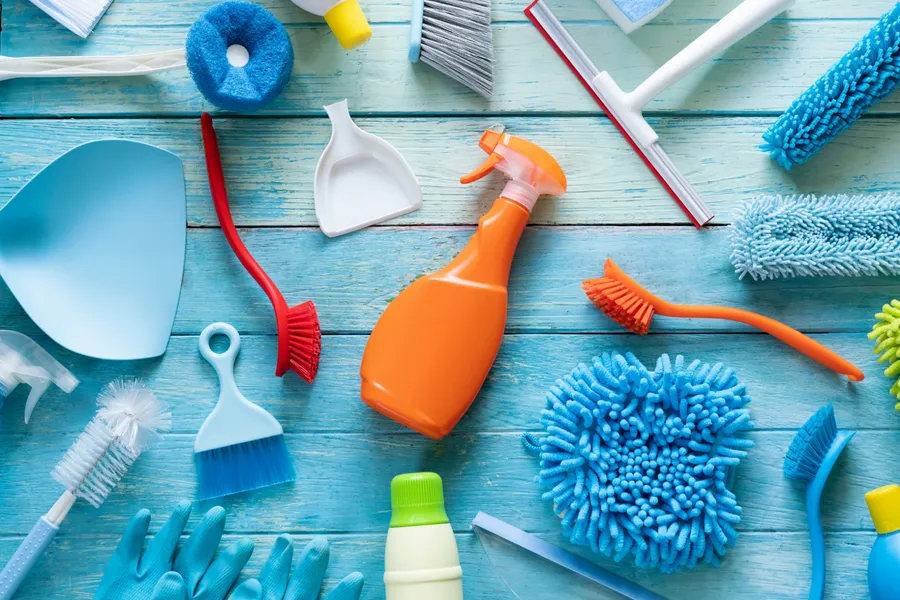
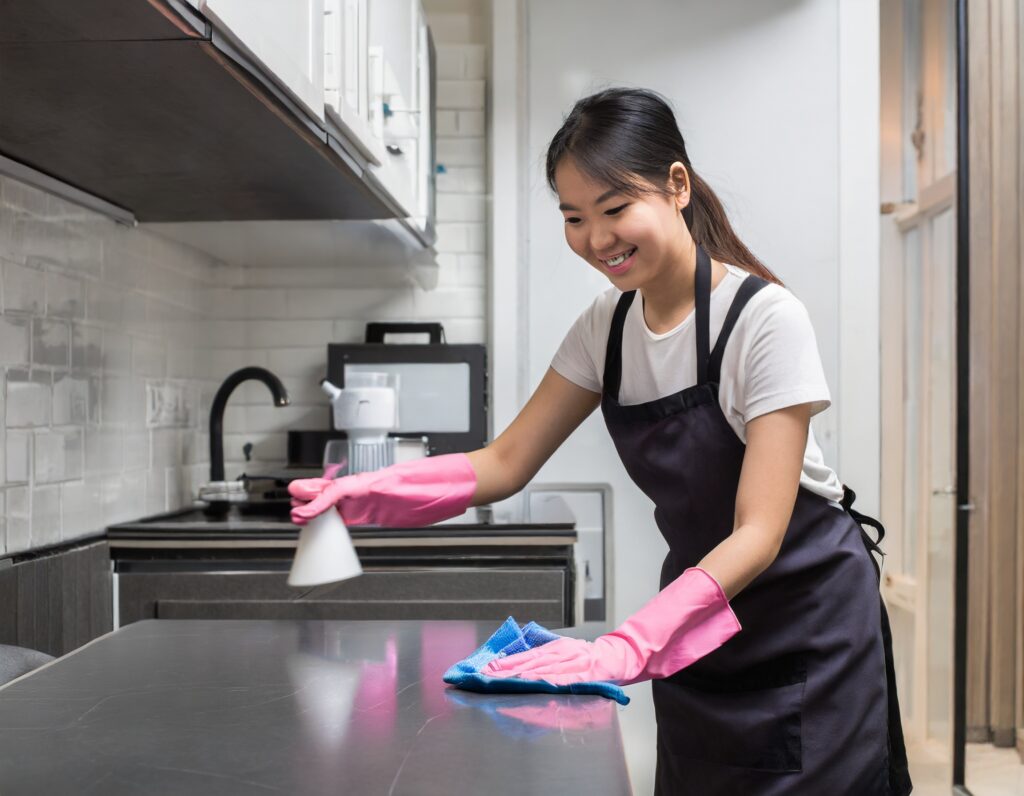
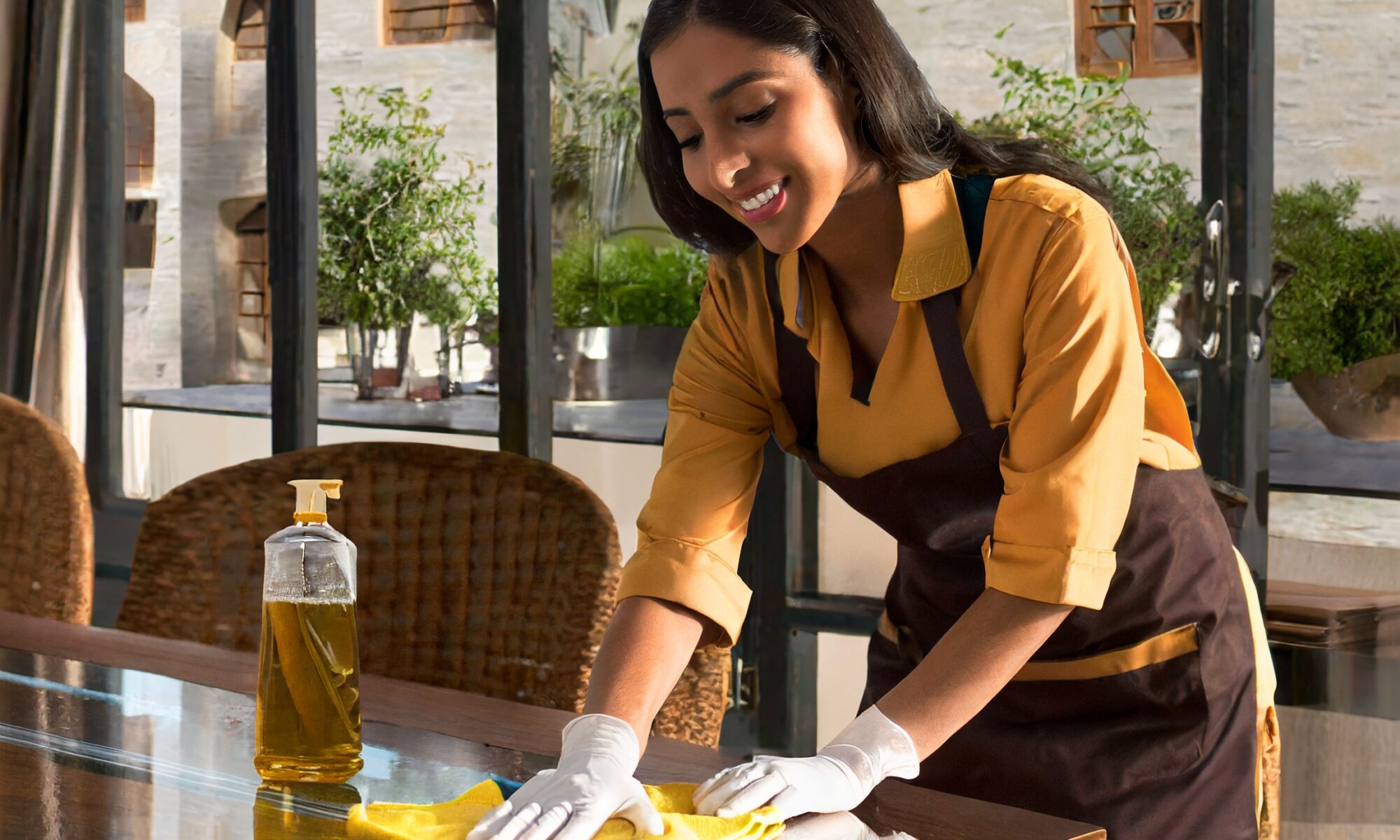
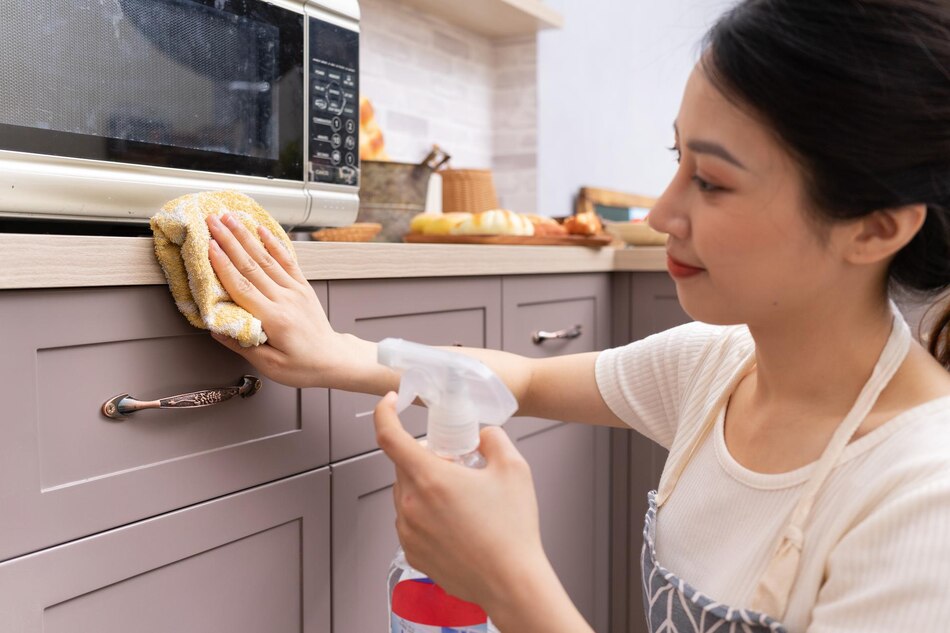
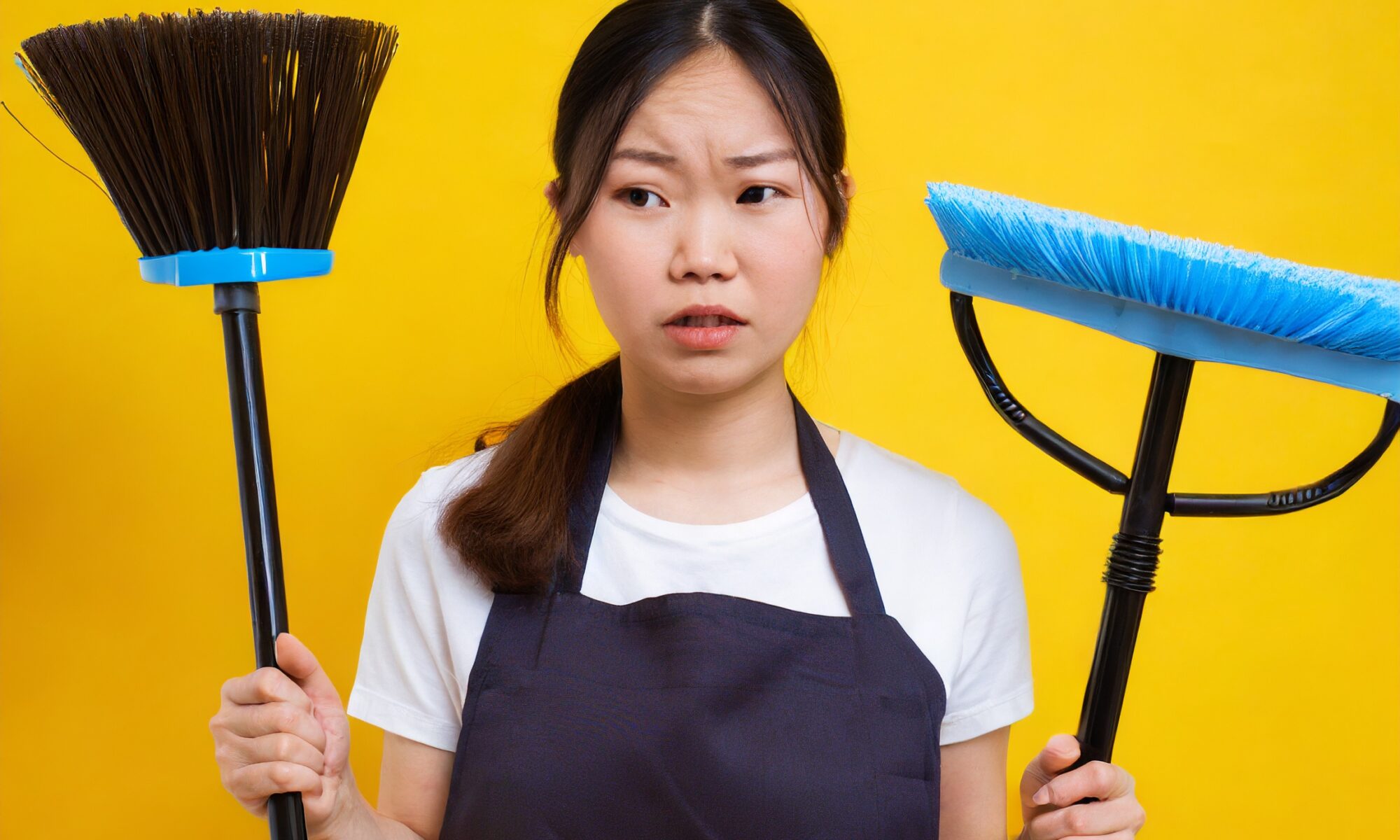

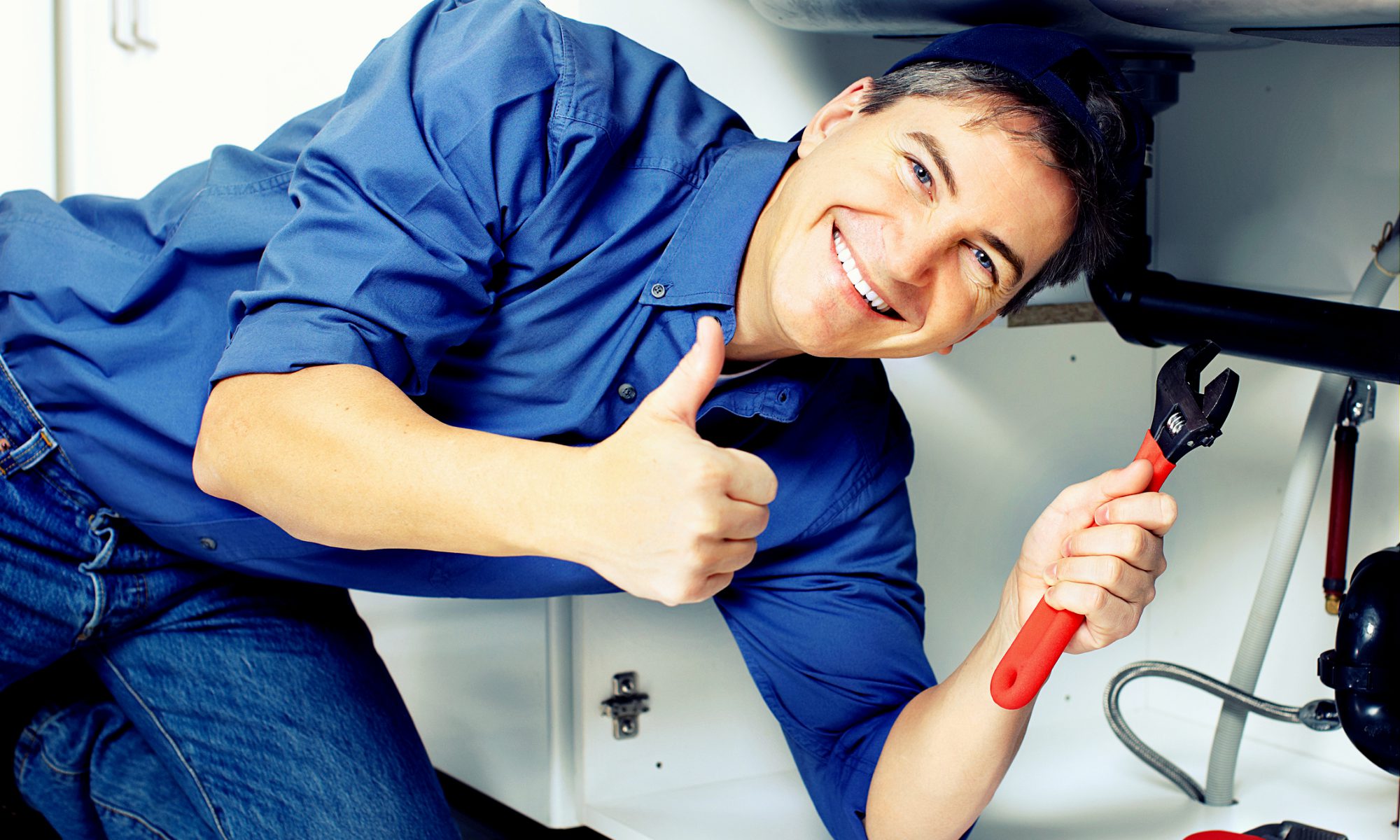
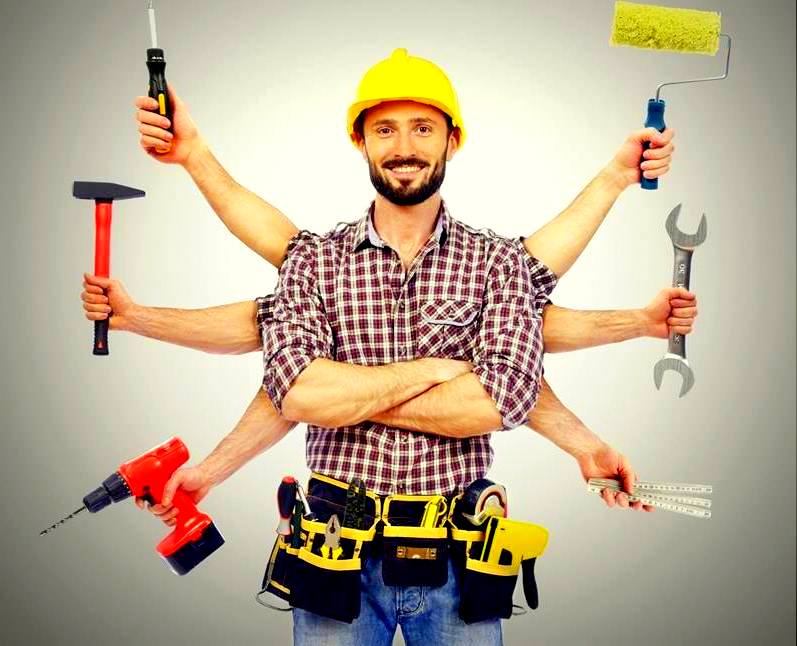
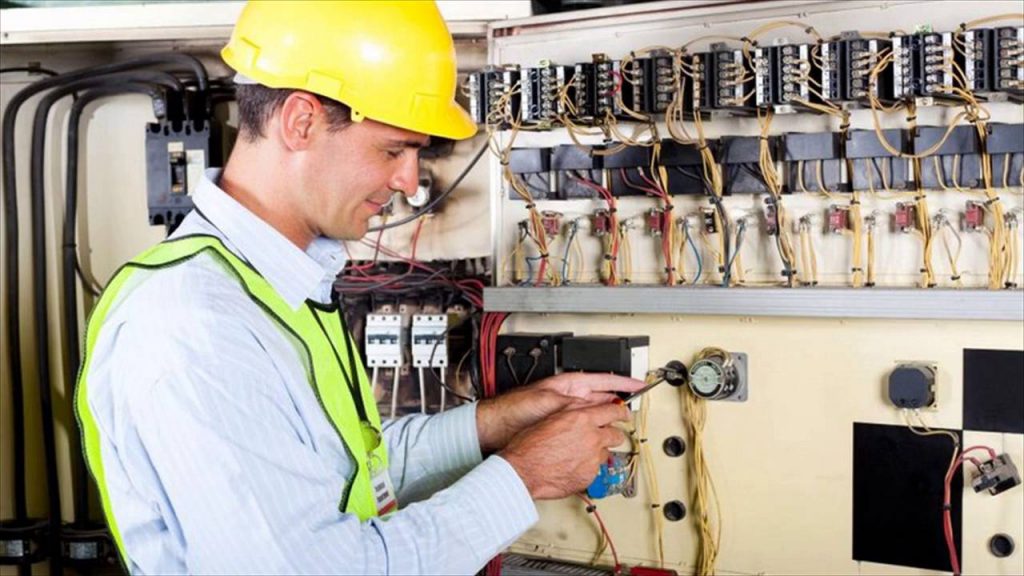
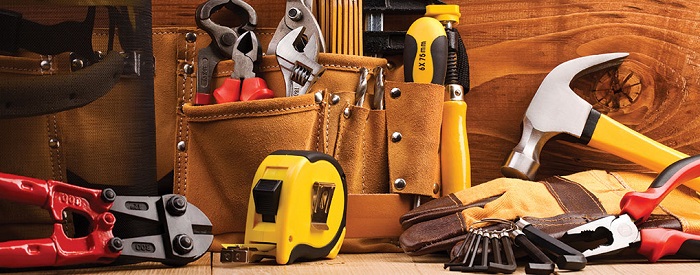
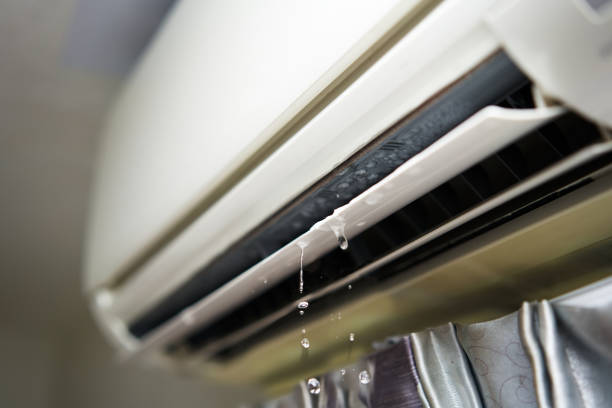
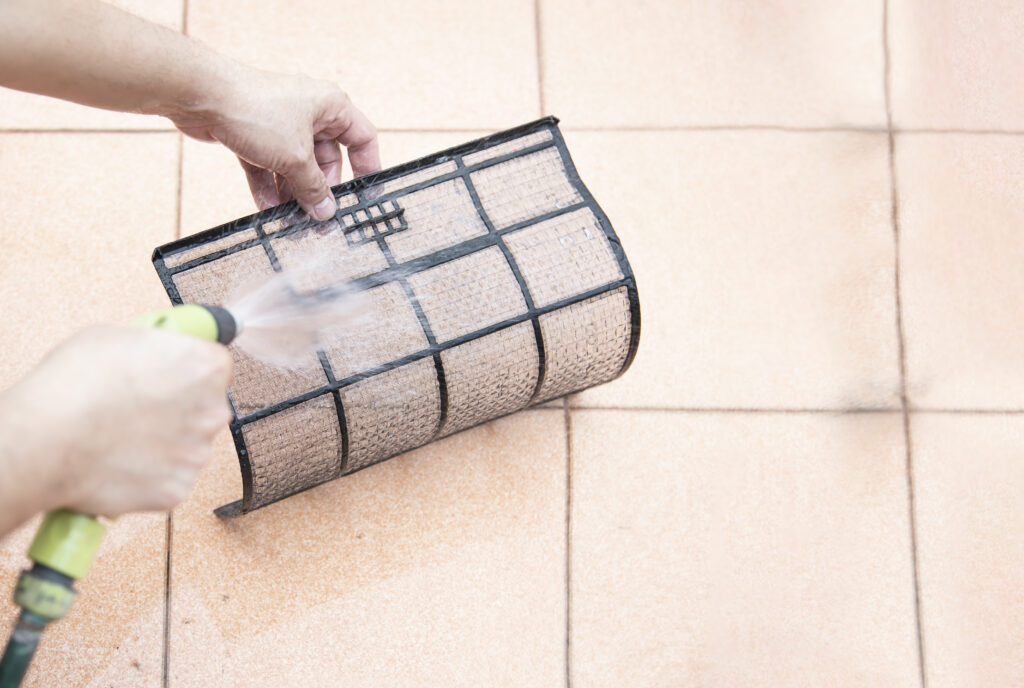
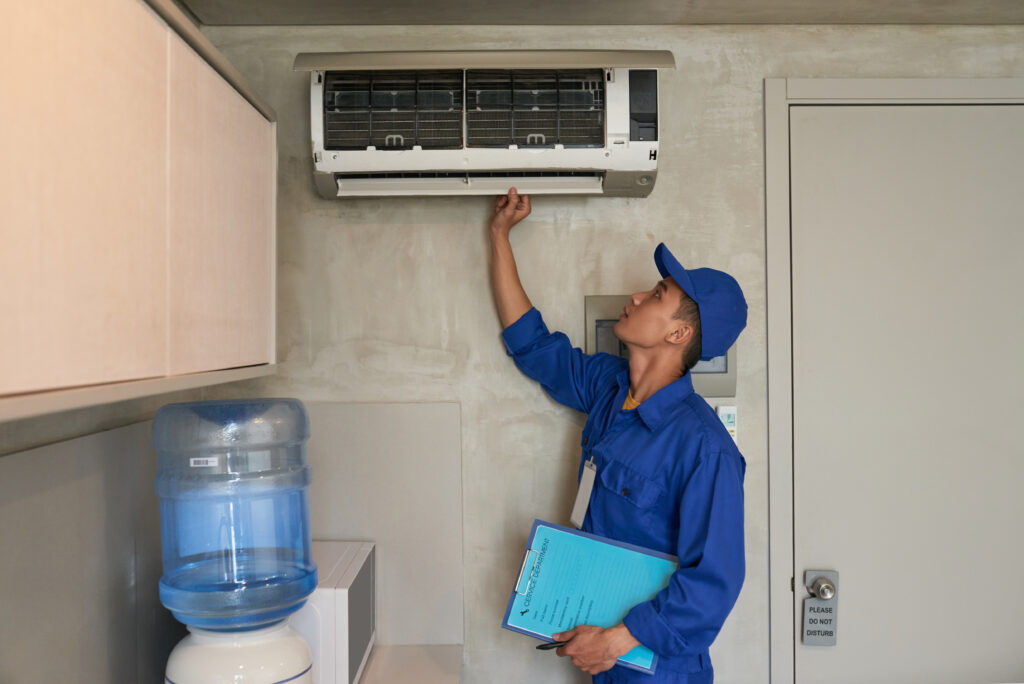
You must be logged in to post a comment.